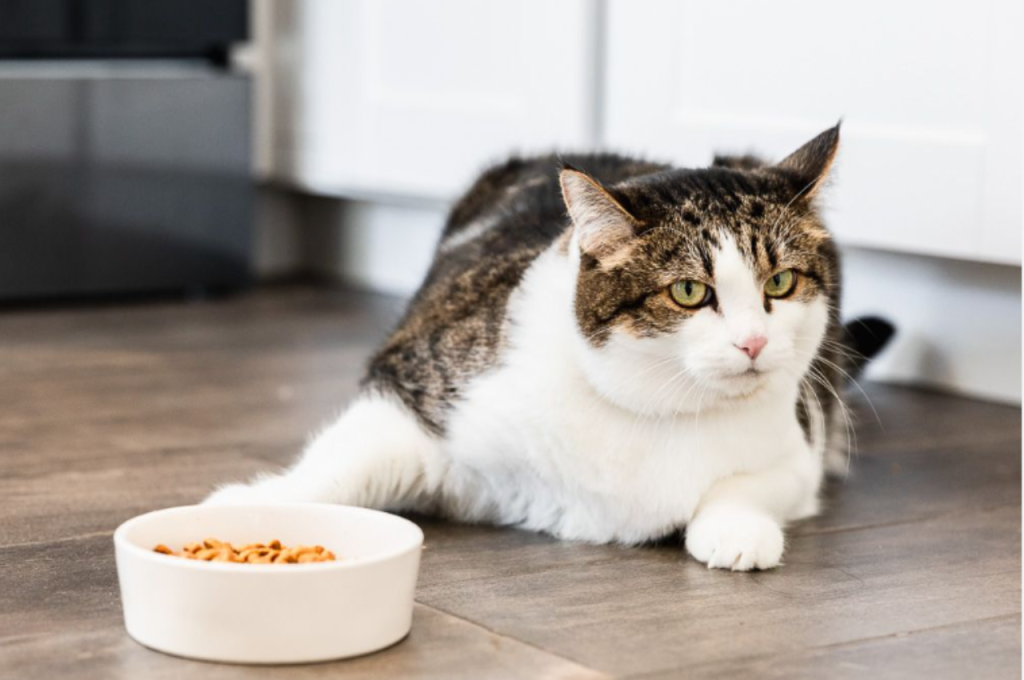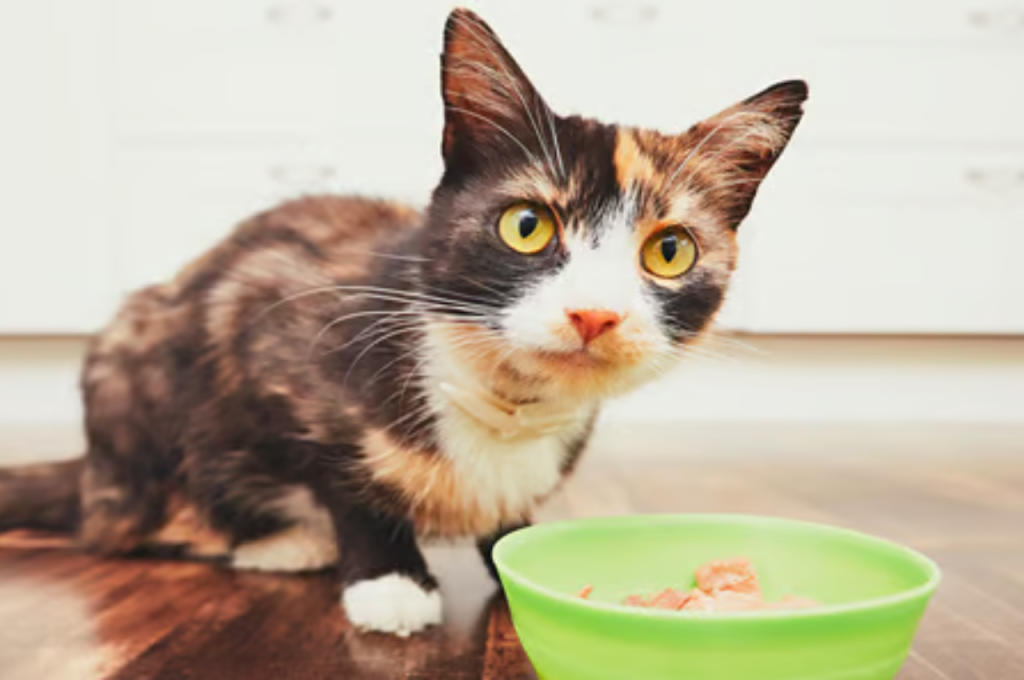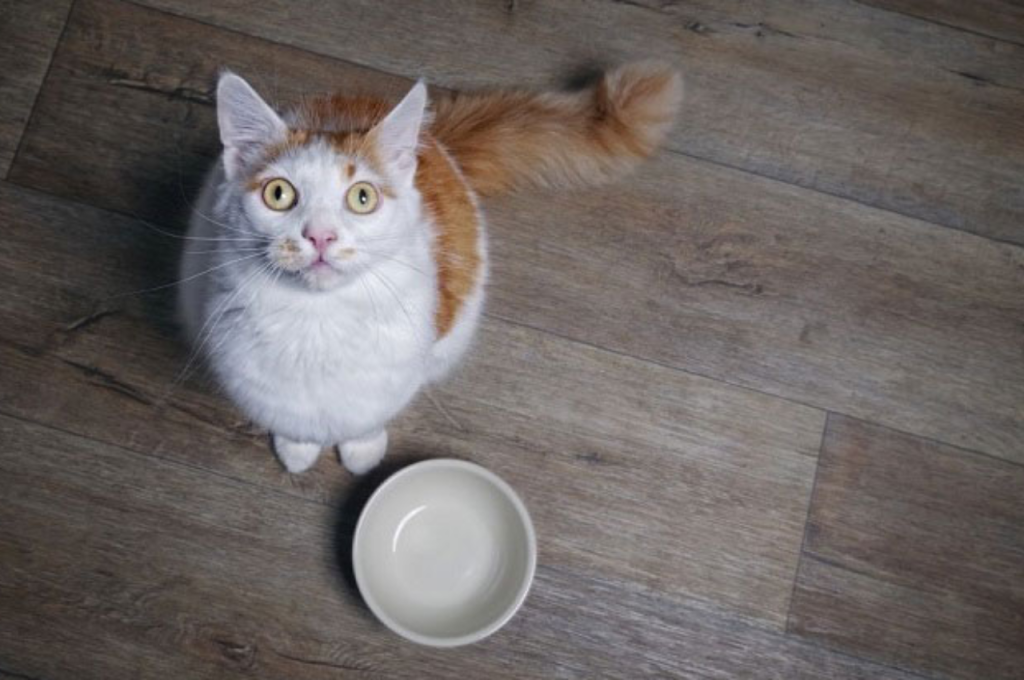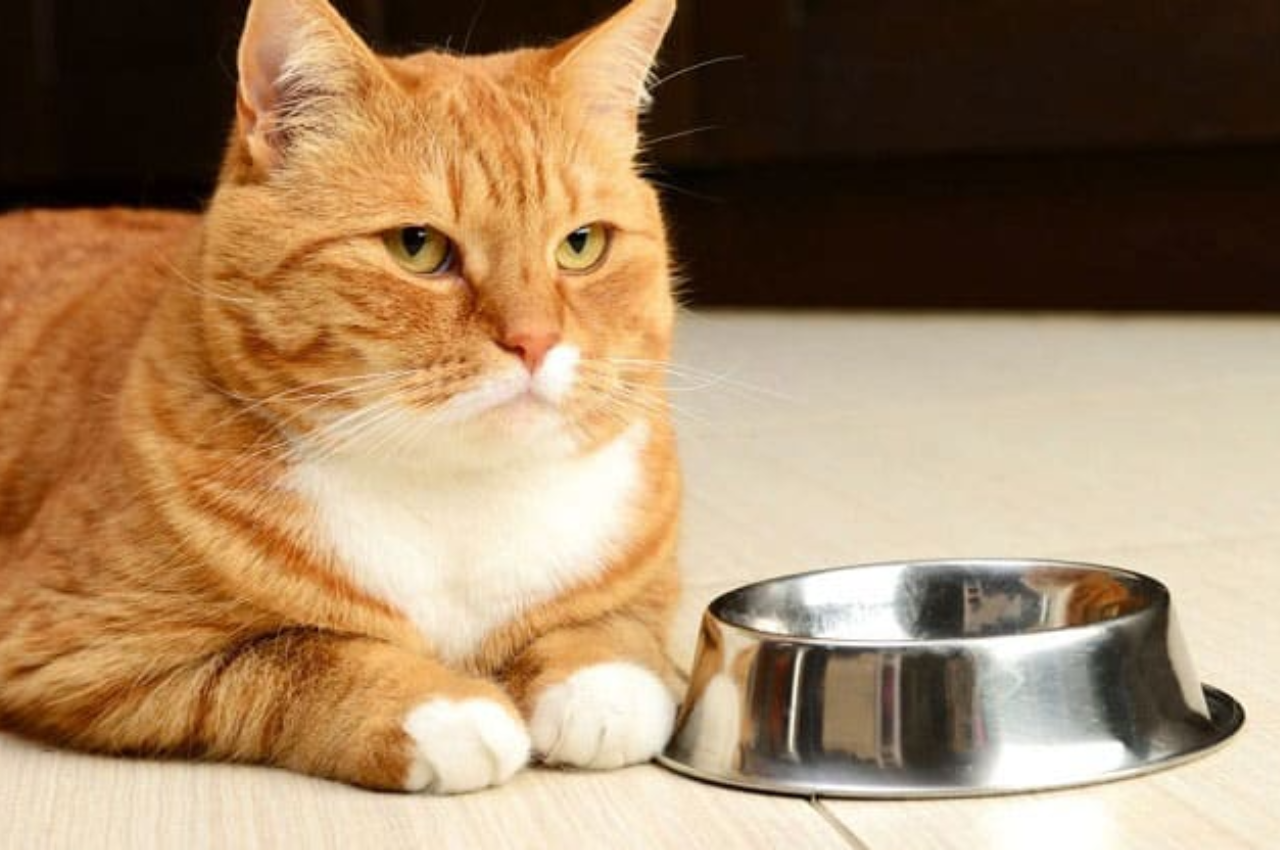Cats can typically go without eating for up to five days. However, it is important to monitor a cat’s behavior during this time as prolonged fasting can lead to health issues.
As a responsible cat owner, it is important to understand the fundamentals of cat nutrition and feed them as per their dietary needs. However, there may be instances where a cat may refuse to eat due to underlying health issues or behavior changes.
This can be concerning for pet owners, and the question arises: how long can a cat go without eating? As mentioned earlier, cats can go without food for up to 5 days. Nevertheless, it is important to keep a check on their overall health, and consult a veterinarian if necessary, to avoid any further complications. Understanding your cat’s eating habits and bodily functions can prevent any unwanted health issues that may arise from nutritional imbalances.
The Basics of A Cat’s Diet
Understanding a cat’s dietary needs is crucial to ensure their health and well-being. As obligate carnivores, cats have specific needs when it comes to their diet. Proper nutrition is essential for a cat’s growth, development, and overall health.

Cats are Obligate Carnivores
Cats are obligate carnivores, which means they require a diet high in animal-based protein to meet their nutritional needs. Unlike omnivores and herbivores, cats have specific requirements for certain nutrients only found in animal tissues.
- Cats require high levels of protein to maintain muscle mass, healthy skin, and adequate immune function.
- Taurine is an essential amino acid that cats can only obtain from animal sources. Taurine is necessary for healthy vision, proper heart function, and fetal development during pregnancy.
- Arachidonic acid is another nutrient that cats need to obtain from animal sources. This fatty acid is essential for maintaining skin and coat health, as well as proper kidney function.
Due to their unique nutritional needs, feeding a cat a vegetarian or vegan diet can be dangerous and lead to health problems.
The Importance of Regular Feeding
Feeding your cat a balanced diet with regular feeding times is crucial for their overall health and well-being. Cats who go without food for extended periods can develop serious health problems such as hepatic lipidosis (fatty liver disease) or hypoglycemia (low blood sugar).
It’s essential to establish a regular feeding schedule that meets your cat’s daily caloric needs. This may vary based on their age, weight, and activity level. It’s also important to choose a high-quality cat food that provides complete and balanced nutrition.
| Age | Number of Meals Per Day |
| Kitten | 4 Meals |
| Adult | 2 Meals |
| Senior | 2 Meals |
Additionally, providing fresh water at all times is essential for proper hydration. Avoid leaving food out for extended periods as it can lead to spoilage and bacterial growth.
The Physiology of Hunger in Cats
Cats are fascinating creatures, and their physiology is unique in many ways. One of the most interesting aspects of feline biology is their relationship with food. For example, did you know that, unlike dogs, cats are obligate carnivores? This means that they require meat in their diets to survive.
The Role of Ghrelin
Ghrelin, commonly known as the ‘hunger hormone,’ plays a crucial role in regulating a cat’s appetite. Produced in the stomach, it signals to the brain that the cat is hungry. Ghrelin levels increase when a cat is fasting and decrease after eating, helping to maintain a healthy weight.
The Danger of Starvation Mode
Despite their ability to survive for longer periods without food, cats can still enter starvation mode if they don’t eat for extended periods. The body’s metabolic rate slows down, and the cat’s energy levels drop. If left untreated, starvation can lead to severe health issues such as organ failure, muscle wasting, and eventually death.
As a cat owner, it’s essential to monitor your pet’s eating habits carefully. Any changes in their behavior could be a sign of an underlying health issue. If your cat refuses to eat for more than 24 hours, you should consult a veterinarian immediately. With their expert guidance, you can help your feline friend get back on track to a healthy and happy life.
How Long Can A Cat Survive Without Food?
Cats can typically survive without food for about three to four days, but it depends on factors such as age, health, and access to water. However, going without food for extended periods can lead to life-threatening complications.

Cats are known for their love of food, but unfortunately, there are situations where they may have to go without it. While it may not be a common scenario, it’s important to know how long a cat can survive without food. This will help you take the necessary measures to ensure your furry feline is well taken care of. In this section, we’ll examine the average survival time of a cat without food.
Average Survival Time
The average survival time of a cat without food is roughly 3 to 4 days. However, this is not a hard and fast rule, as several factors may affect the survival time of a cat without food. A healthy cat that has access to water can potentially survive up to two weeks without food. However, it’s vital to remember that foregoing food for extended periods can lead to severe complications and even death.
Factors that Affect Survival Time
A cat’s survival time without food depends on several factors. Some of these include:
- Age and Health Status: Senior cats, kittens, and cats with underlying health conditions may not survive as long as healthy adult cats.
- Water Availability: Cats can survive longer without food if they have access to clean water.
- Environmental Temperature: Cats in colder environments can go longer without food than those in warmer environments.
- Stress Levels: High levels of stress can weaken a cat’s immune system, leading to a shorter survival time.
Code: It’s essential to keep in mind that these factors interact and can affect each other, leading to variations in a cat’s survival time without food.
Symptoms of A Hungry Cat
A hungry cat may show symptoms such as meowing, searching for food, lethargy, and vomiting. However, a healthy cat can go without food for up to five days, but it is not recommended to let them do so. It is essential to provide your cat with a balanced and adequate diet to avoid any adverse effects on their health.
Cats are known to be picky eaters, but when they stop eating altogether, it can be a cause for concern. It is natural for cats to skip meals, but if they go without eating for an extended period, it can lead to serious health problems. As a pet owner, it is essential to know the symptoms of a hungry cat to take appropriate action at the right time.
Behavioral Changes
When a cat is hungry, they become restless and start to search for food. They may even try to get their owner’s attention by meowing excessively or rubbing against their legs. If a cat’s food bowl is empty, they may scratch and paw at it, trying to find the last few bits of food. Additionally, a hungry cat may become more vocal, agitated, or aggressive.
Physical Signs
Apart from behavioral changes, a hungry cat may show physical signs too. For example, a cat that is not eating may become lethargic and lack energy. They may also show a lack of interest in playing or interacting with their owners. Another physical symptom of a hungry cat is weight loss. If you notice your cat is losing weight rapidly, it is a clear sign they need to eat more. Additionally, a cat’s fur may dull, and their skin may dry out if they are not getting enough nutrition.
The Dangers of Prolonged Starvation
A cat can go without eating for a few days, but prolonged starvation can be dangerous. It can lead to weight loss, organ damage, and even death. As a pet owner, it is important to monitor your cat’s food intake and seek veterinary help if they stop eating for an extended period.
Liver Failure
As obligate carnivores, cats require essential nutrients found in meat to maintain their health. When a cat goes without eating for a prolonged period, the liver begins to break down stored fats to produce energy. However, the liver can only metabolize fat at a certain rate. If the cat continues to starve, the liver will start to produce ketones, which can accumulate in the blood and lead to a life-threatening condition known as liver failure.
Organ Damage
When a cat’s body begins to metabolize its muscle tissue for energy, it can cause damage to vital organs, including the heart. The heart is a muscle and requires energy to function properly. Without adequate nourishment, the heart will weaken over time, making it harder for the cat to breathe and leading to potential heart failure.
Dehydration
In addition to organ damage, prolonged starvation also leads to dehydration. Cats naturally obtain much of their water intake from their food. Without food, cats are at risk of becoming dehydrated, which can cause kidney damage and even death if left untreated.
What to Do if Your Cat Refuses to Eat
Cats can typically go without food for up to 24-48 hours, but it is important to monitor them closely. If your cat continues to refuse food for an extended period, it’s important to consult with your veterinarian to rule out any underlying health issues. You can try offering different types of food and warming the food to make it more appealing to your finicky feline.

If your cat has been refusing to eat, you may be wondering how long they can go without food. While cats can survive for a few days without food, it’s essential to address their loss of appetite promptly. This article will focus on what you can do if your cat is refusing to eat and what underlying issues may be causing this problem.
Identifying The Underlying Issue
There are several reasons why your cat may be refusing to eat. It’s essential to identify the underlying issue so you can address it promptly. Some of the common causes of a loss of appetite in cats include:
- Illness: Cats can refuse to eat when they’re sick. If your cat’s loss of appetite is accompanied by other symptoms like vomiting, diarrhea, or weight loss, it’s essential to take them to the vet.
- Dental problems: Cats with dental problems may find eating painful, so they may refuse to eat. Check your cat’s mouth for signs of dental issues like swollen gums, bad breath, or broken teeth.
- Stress: Cats can experience stress in different situations, like moving to a new home, the arrival of a new pet, or a change in routine. If this is the case, try to identify the stressor and address it to help your cat feel more comfortable.
- Recent Vaccinations: Cats can experience vaccination side effects like loss of appetite, lethargy, and diarrhea. But this is temporary and could be managed.
Safe Force-feeding Techniques
If your cat doesn’t eat for more than 24 hours, it’s essential to take action. Force-feeding can be dangerous and should only be done under the guidance of a veterinarian. Here are some safe force-feeding techniques you can use:
- Warm the food: Warming food can make it more appealing to your cat. Make sure it’s not too hot, as this can burn your cat’s mouth.
- Offer wet food: Wet food can be more palatable and easier to swallow than dry food. Try offering a variety of flavors and textures to see what your cat prefers.
- Use a syringe: A syringe can be used to feed your cat small amounts of food and water at a time. Make sure to use a suitable size syringe for your cat; too a large syringe could hurt the cat.
- Try hand feeding: Some cats may prefer to be hand-fed. Offer small, frequent amounts of food in the palm of your hand.
Conclusion
Cats are known for their ability to survive without food for several days, but it is crucial to provide them with sustenance regularly. Going too long without eating can lead to severe health complications and even death. As pet owners, it is our responsibility to ensure our feline friends are adequately fed and taken care of.
By observing their behavior, providing proper nutrition, and seeking veterinary care when necessary, we can help our cats live happy and healthy lives.
